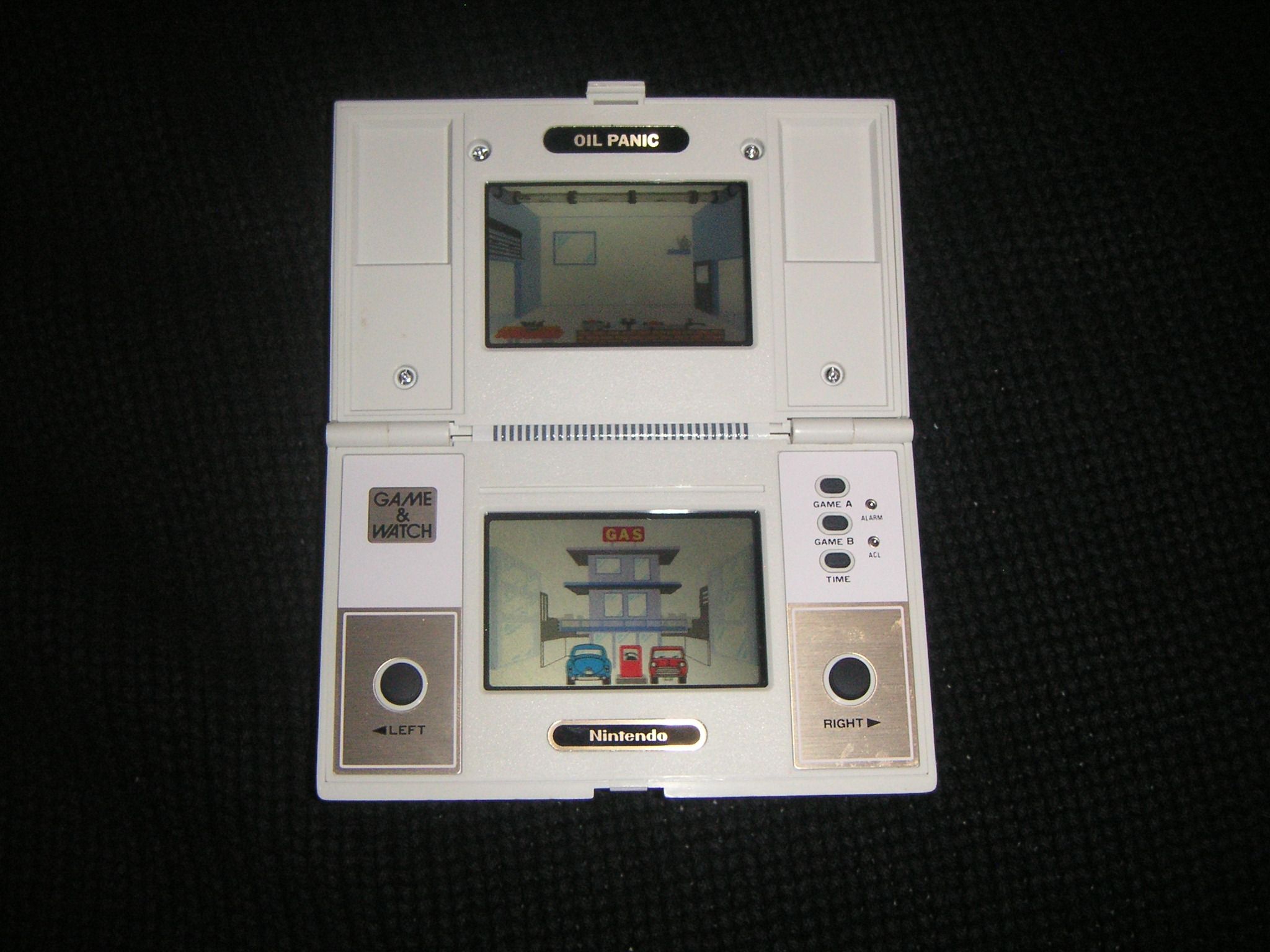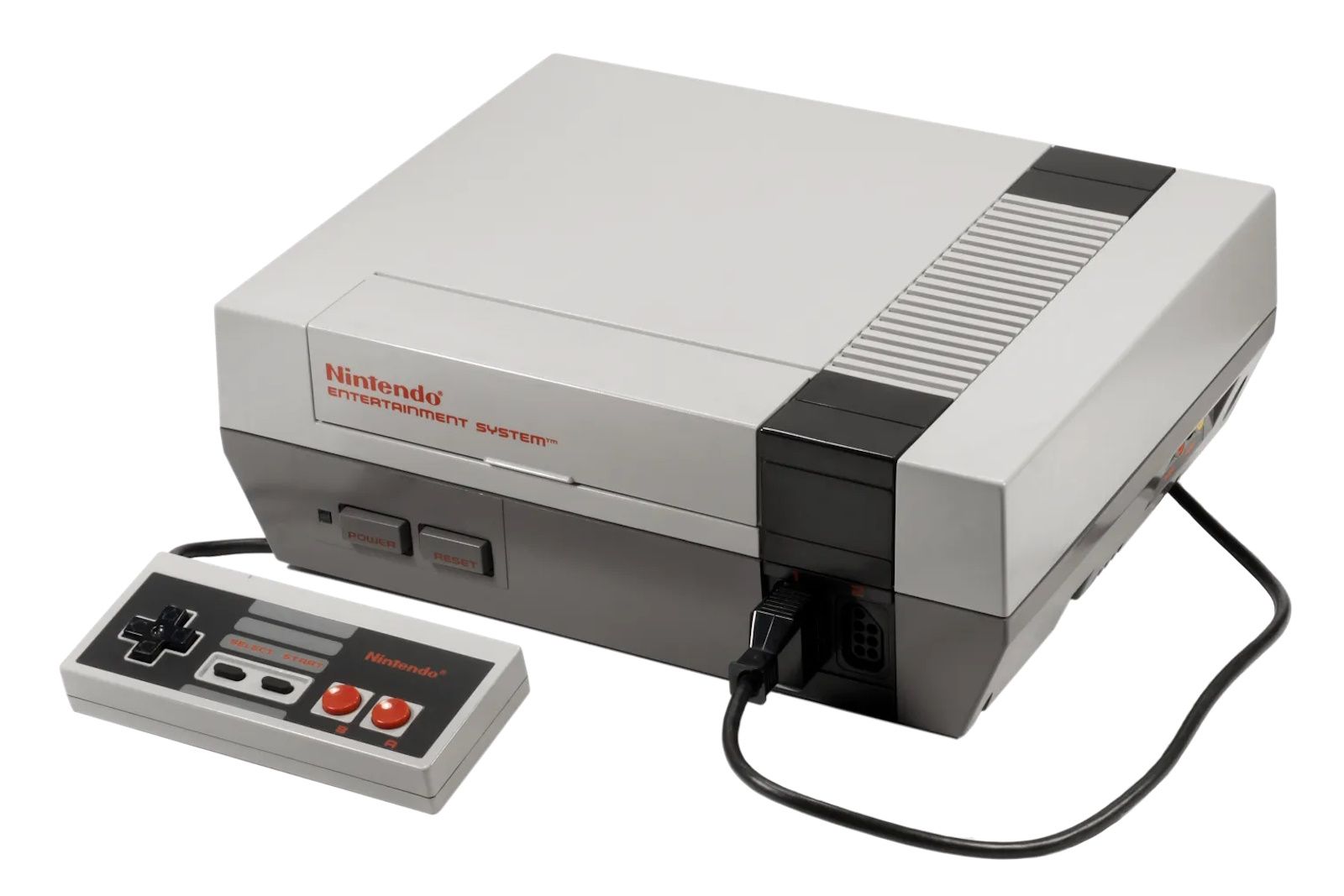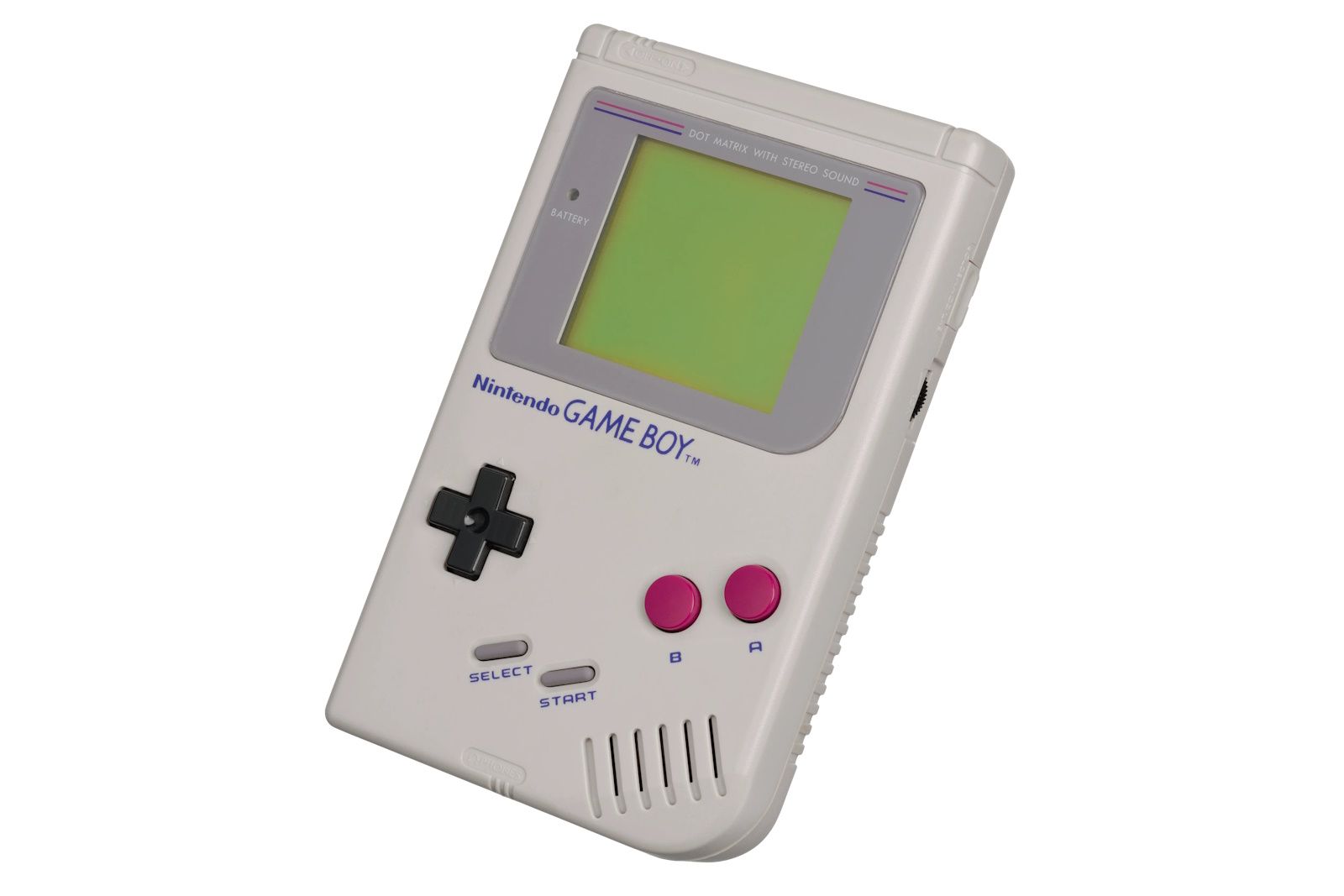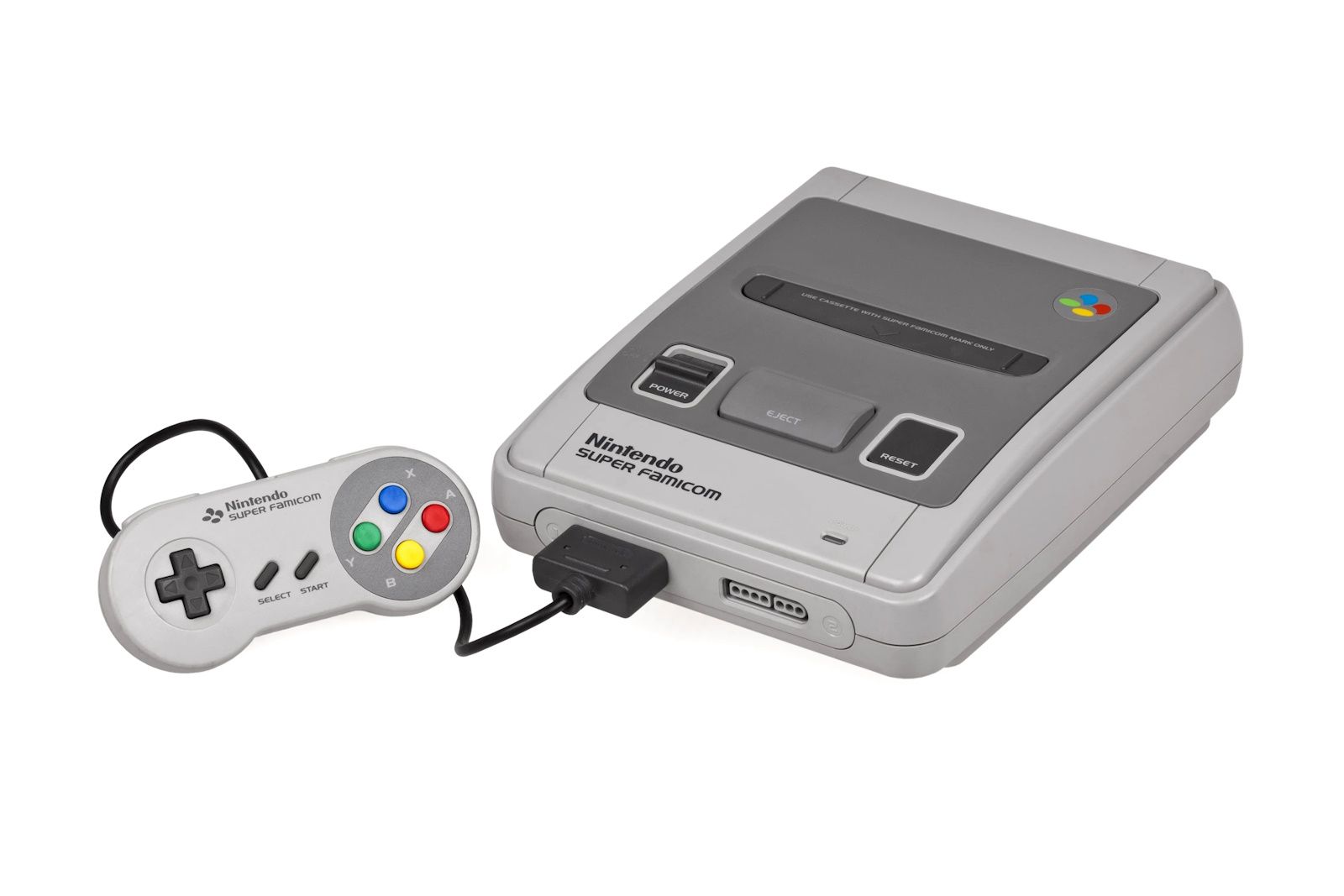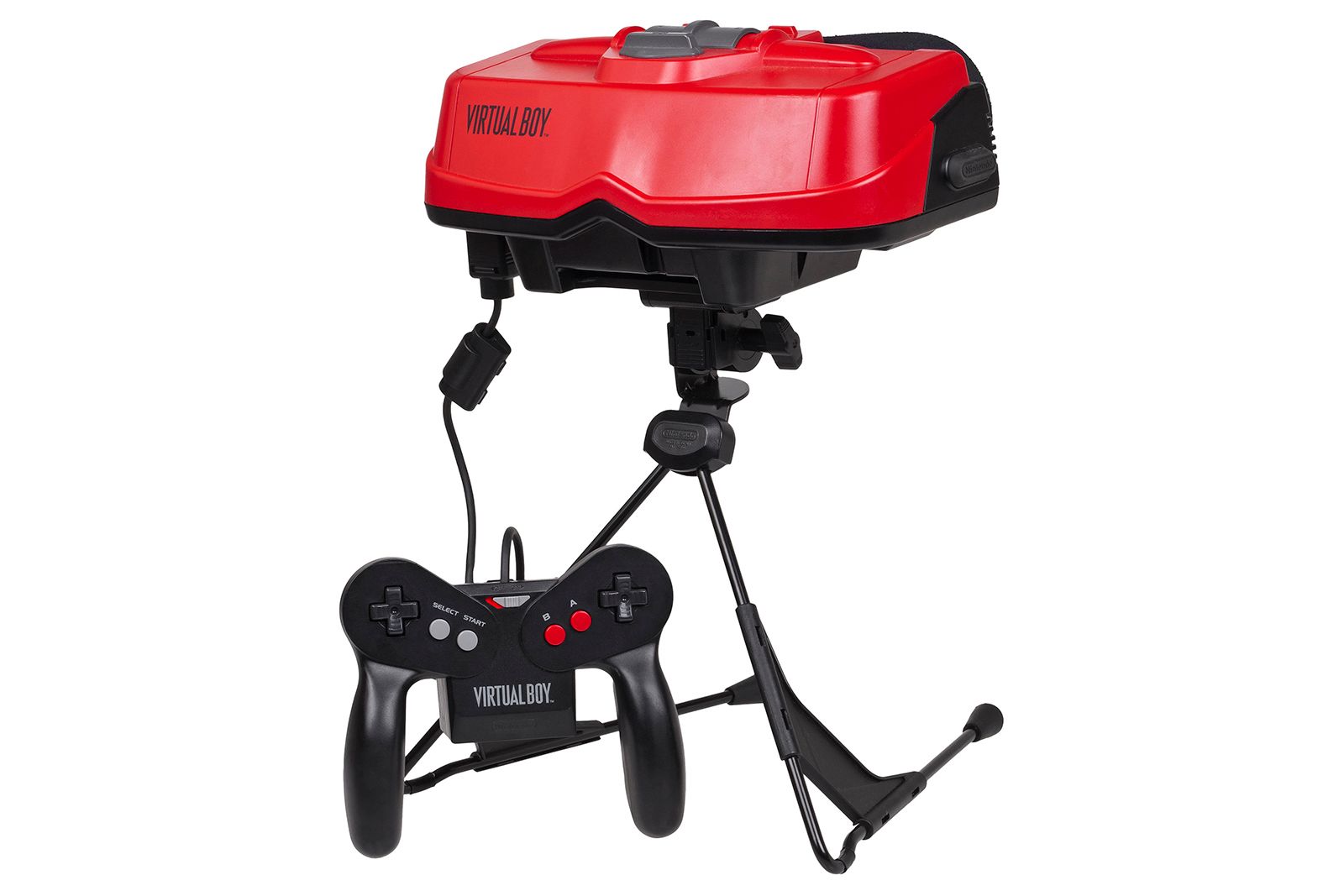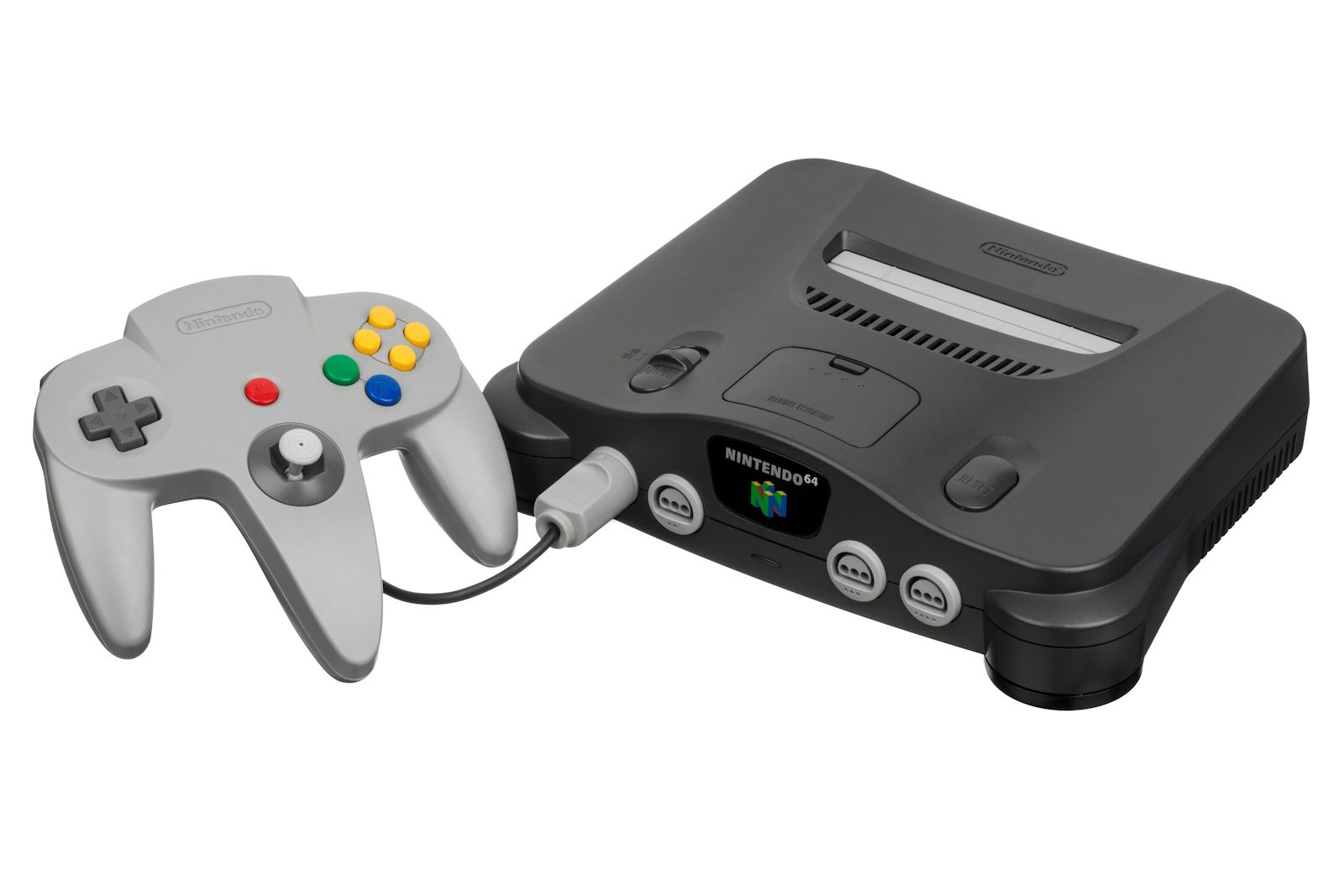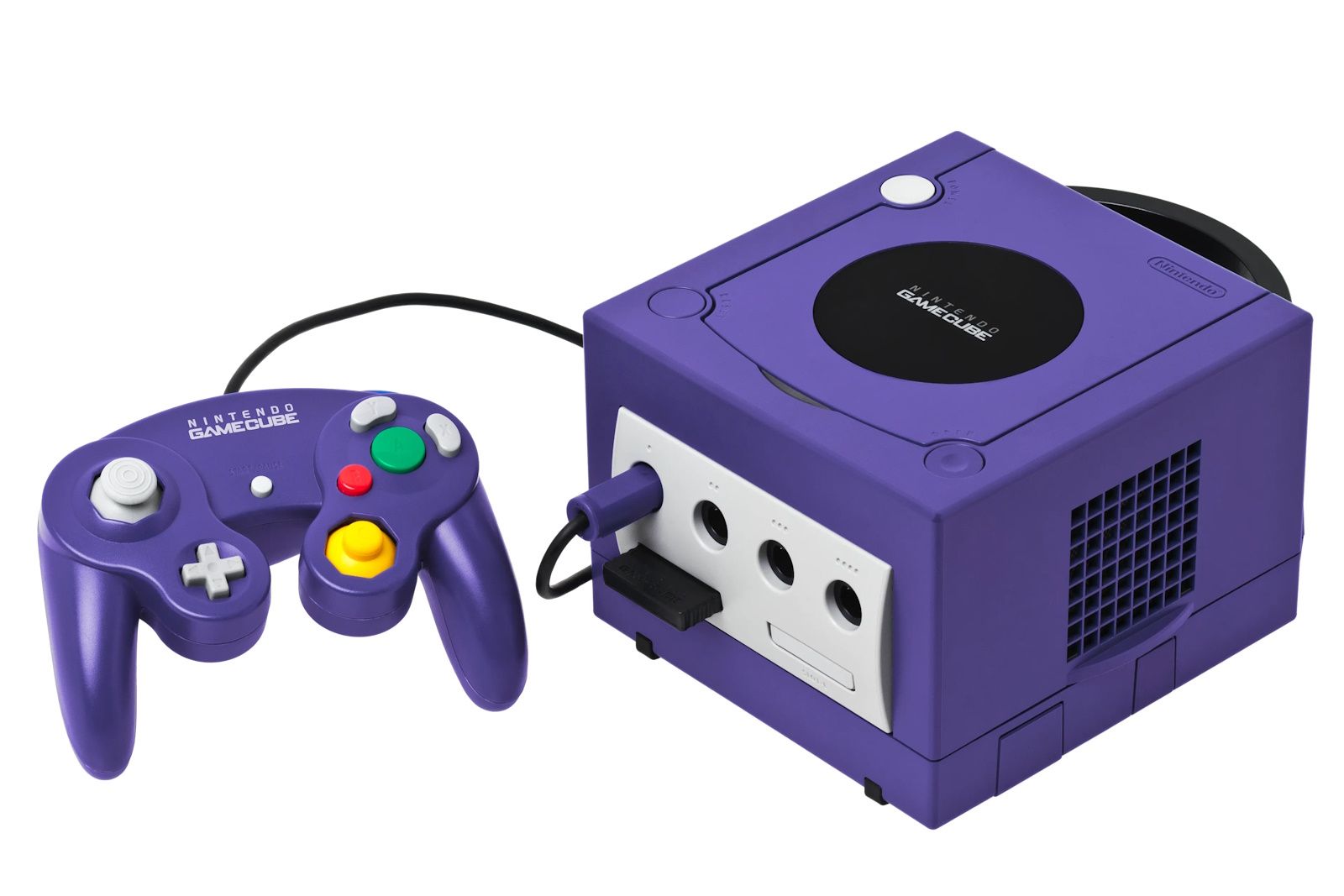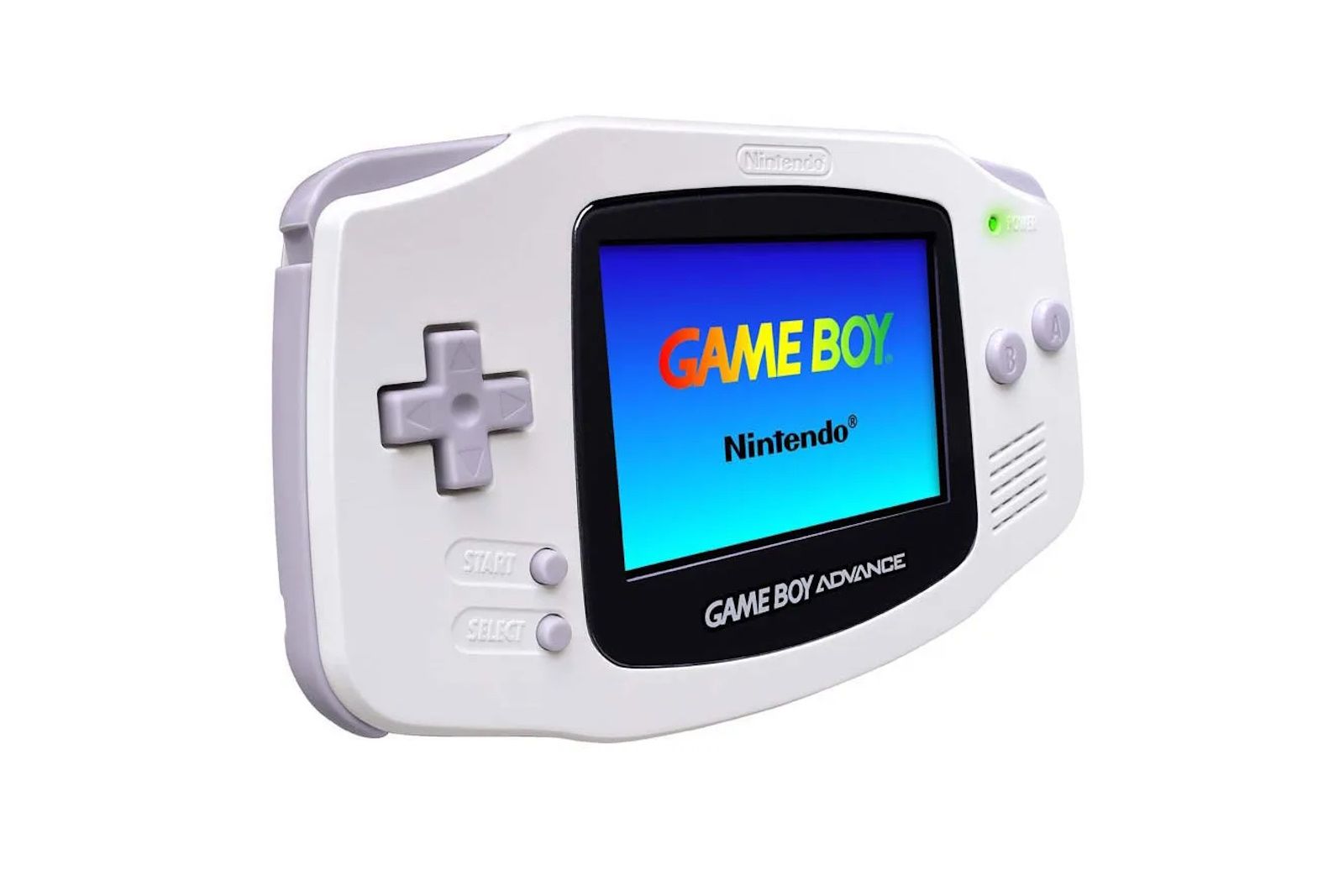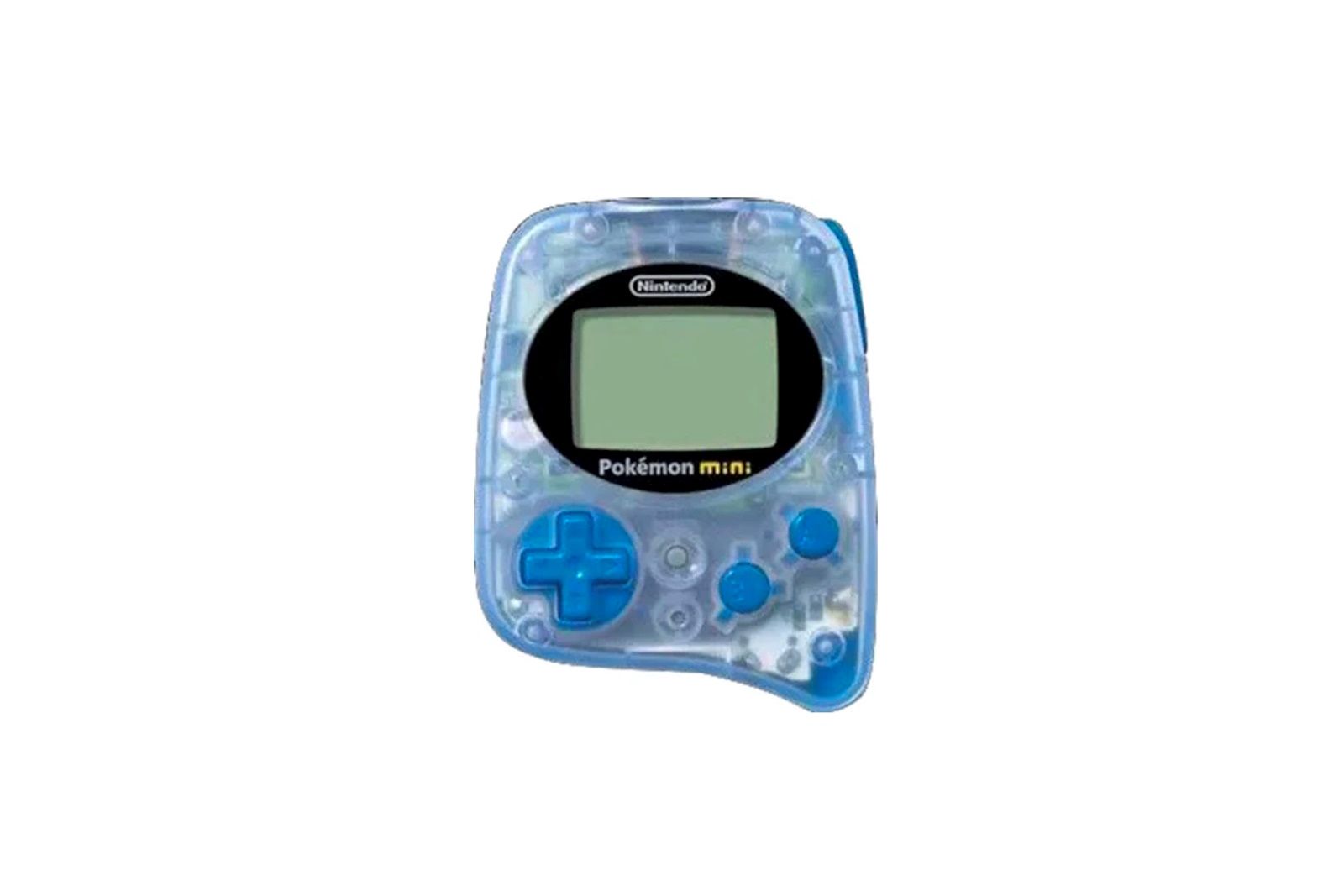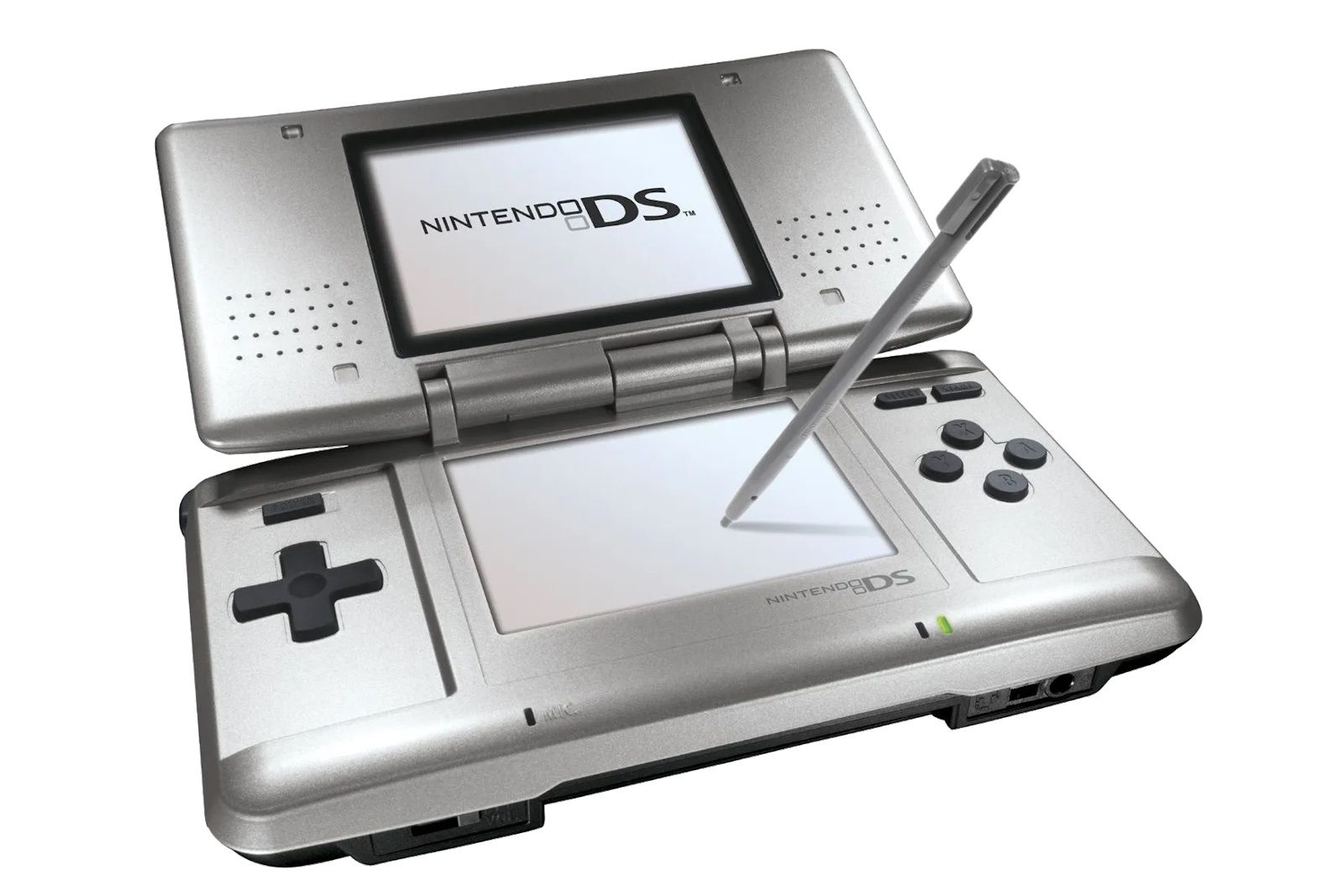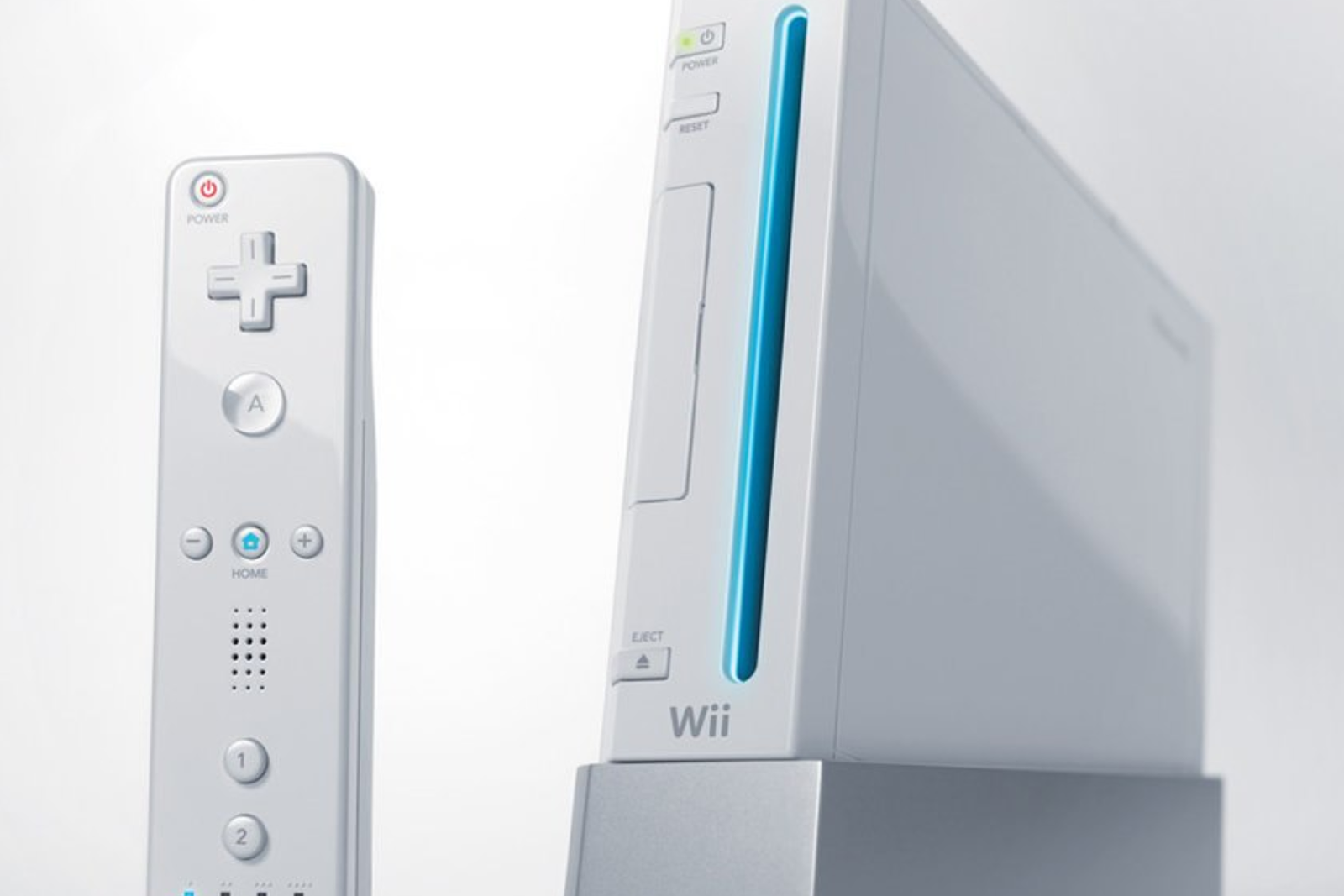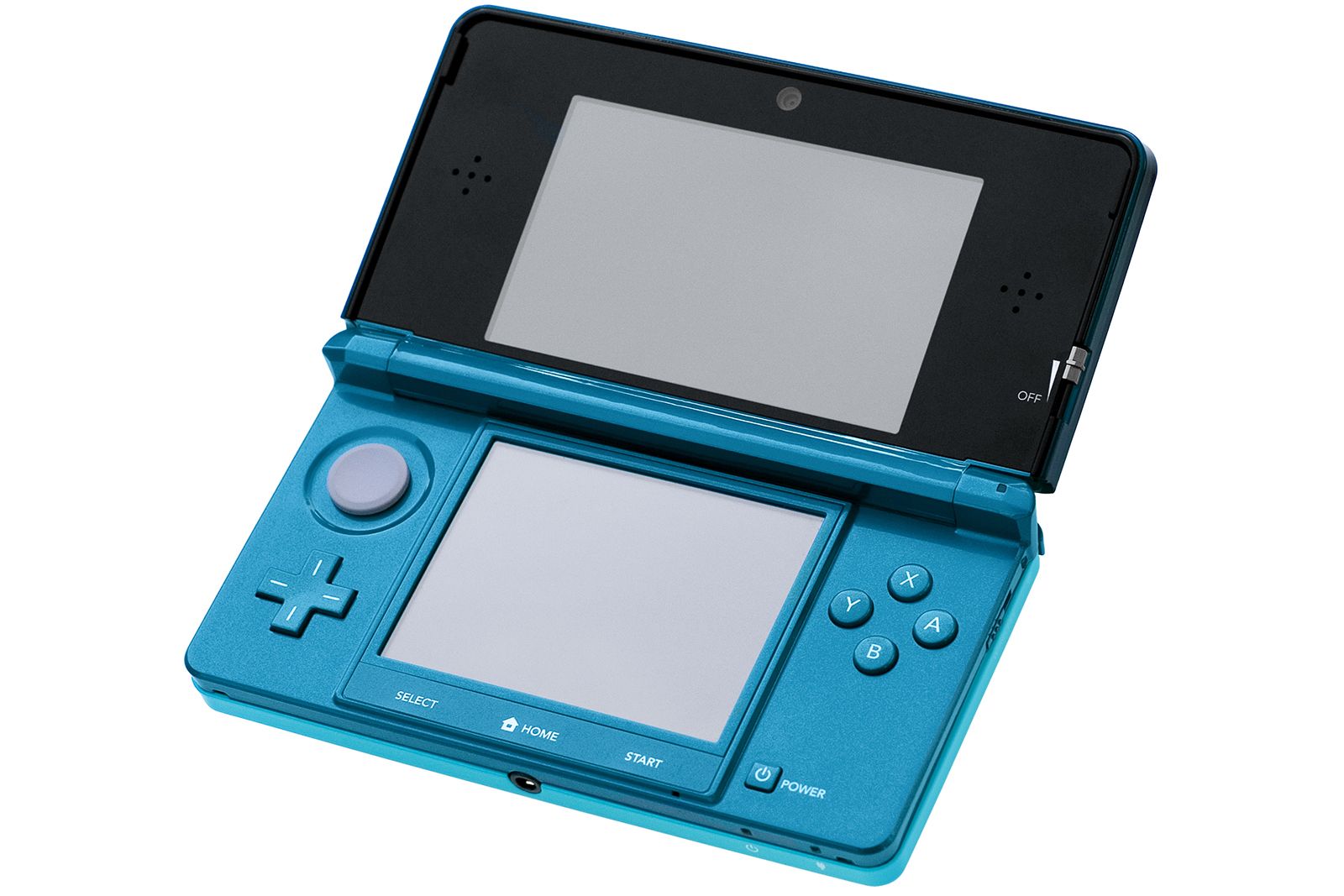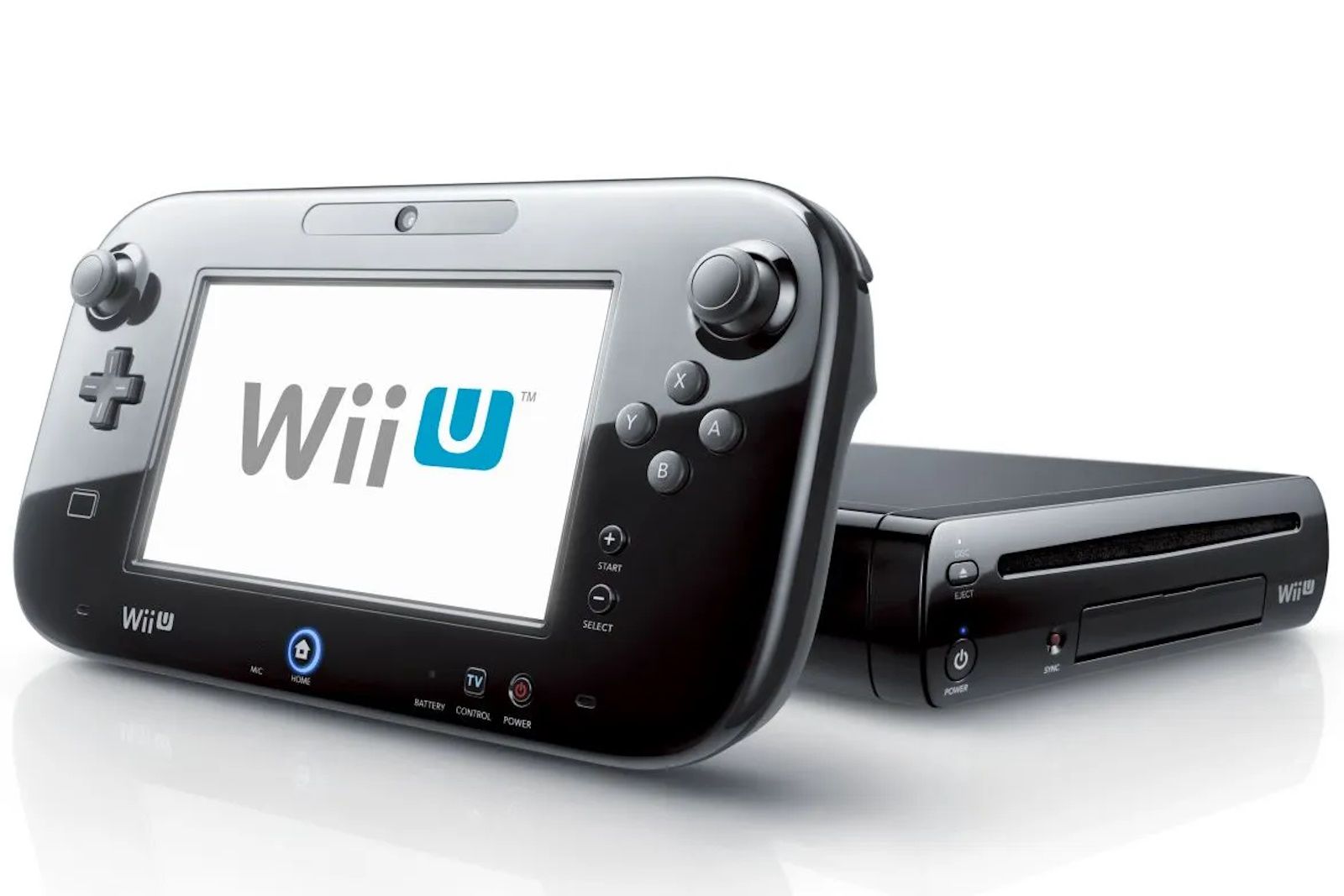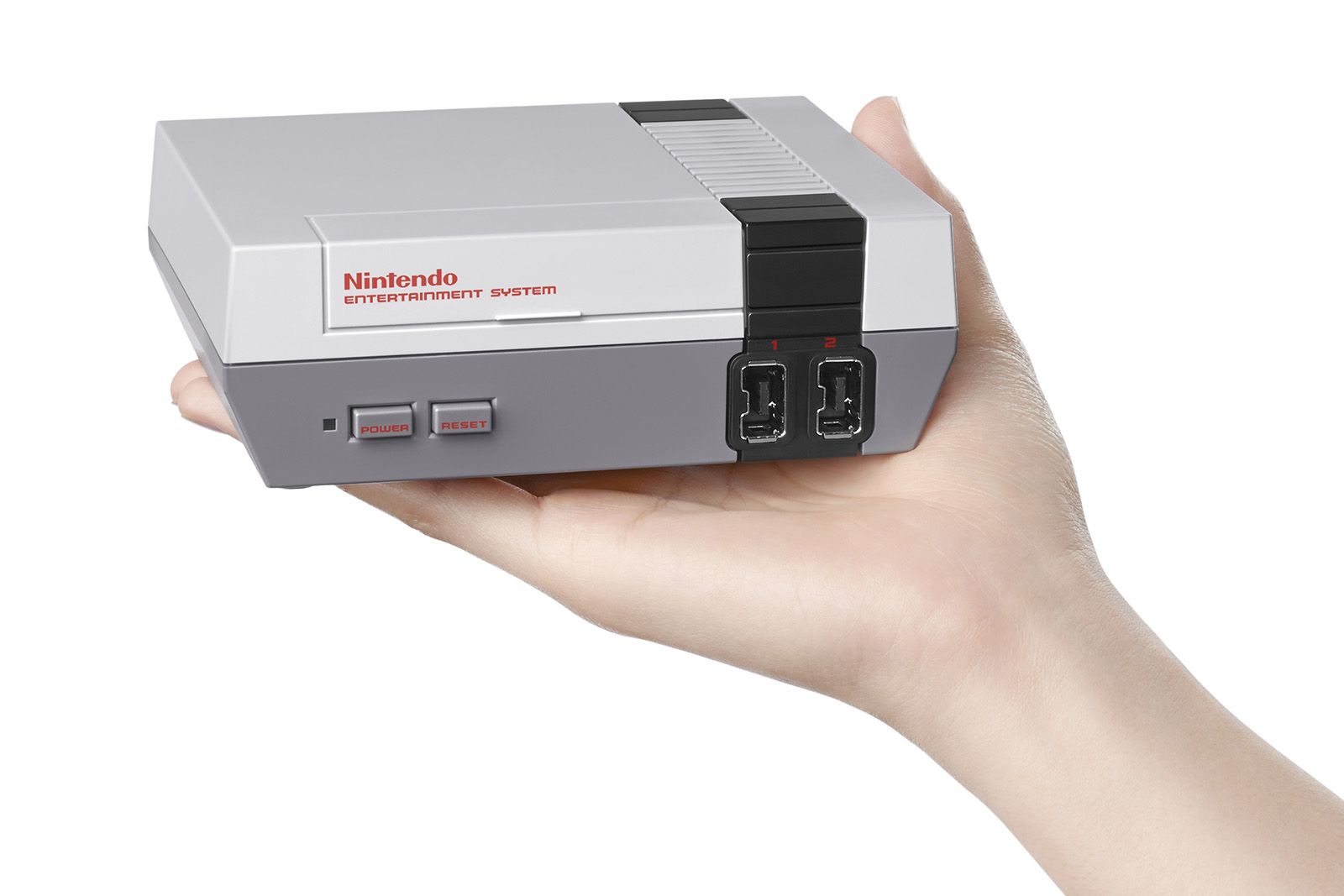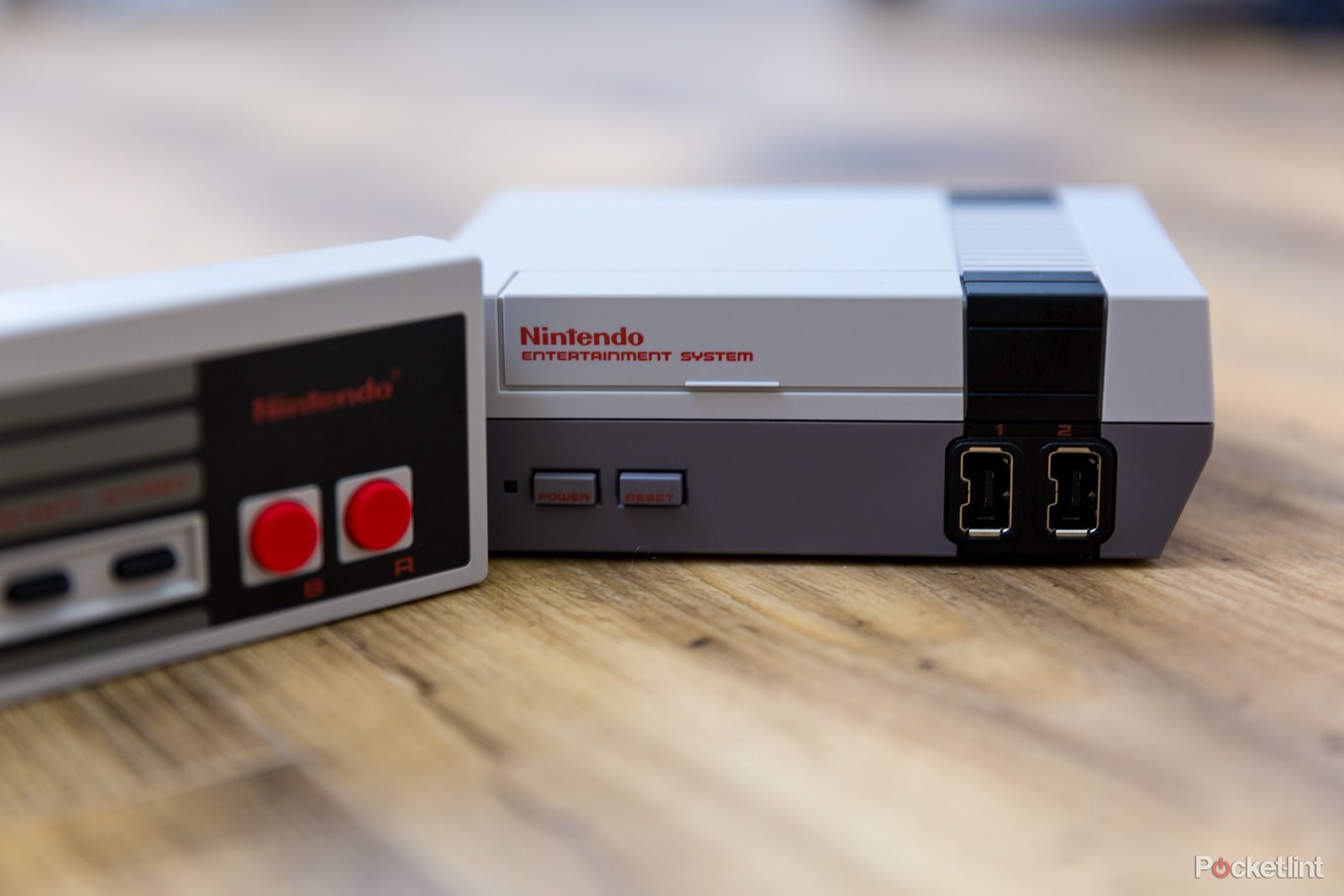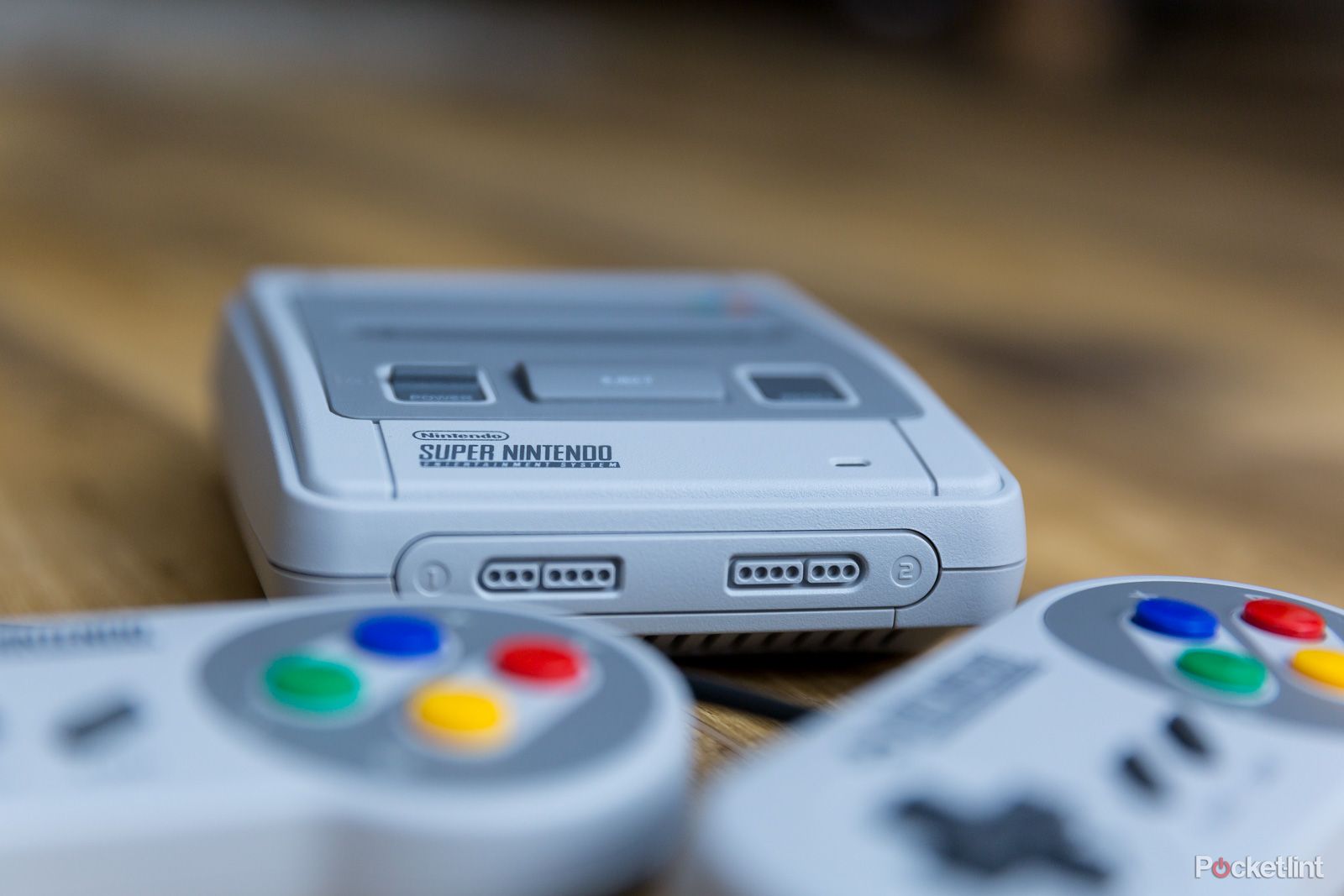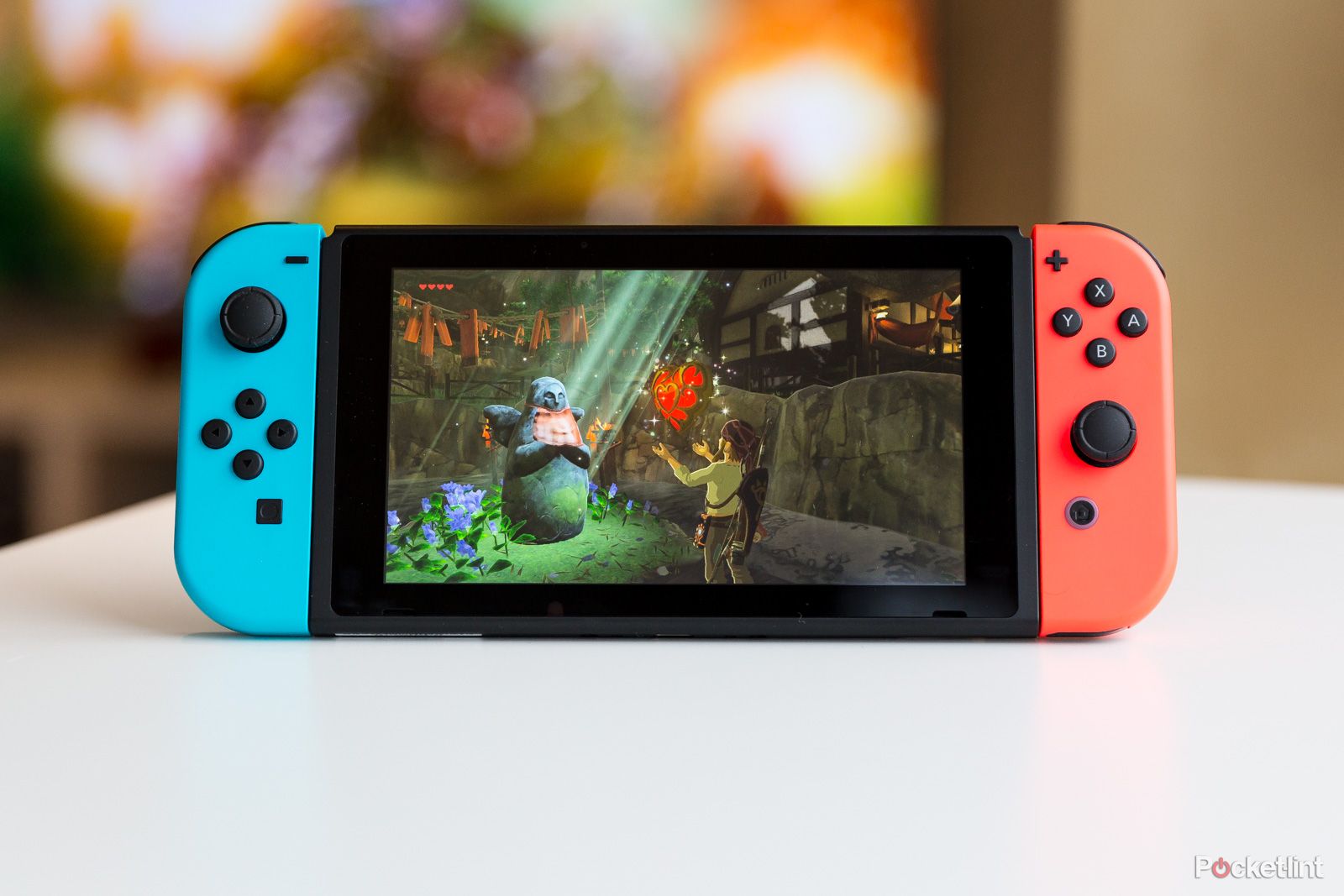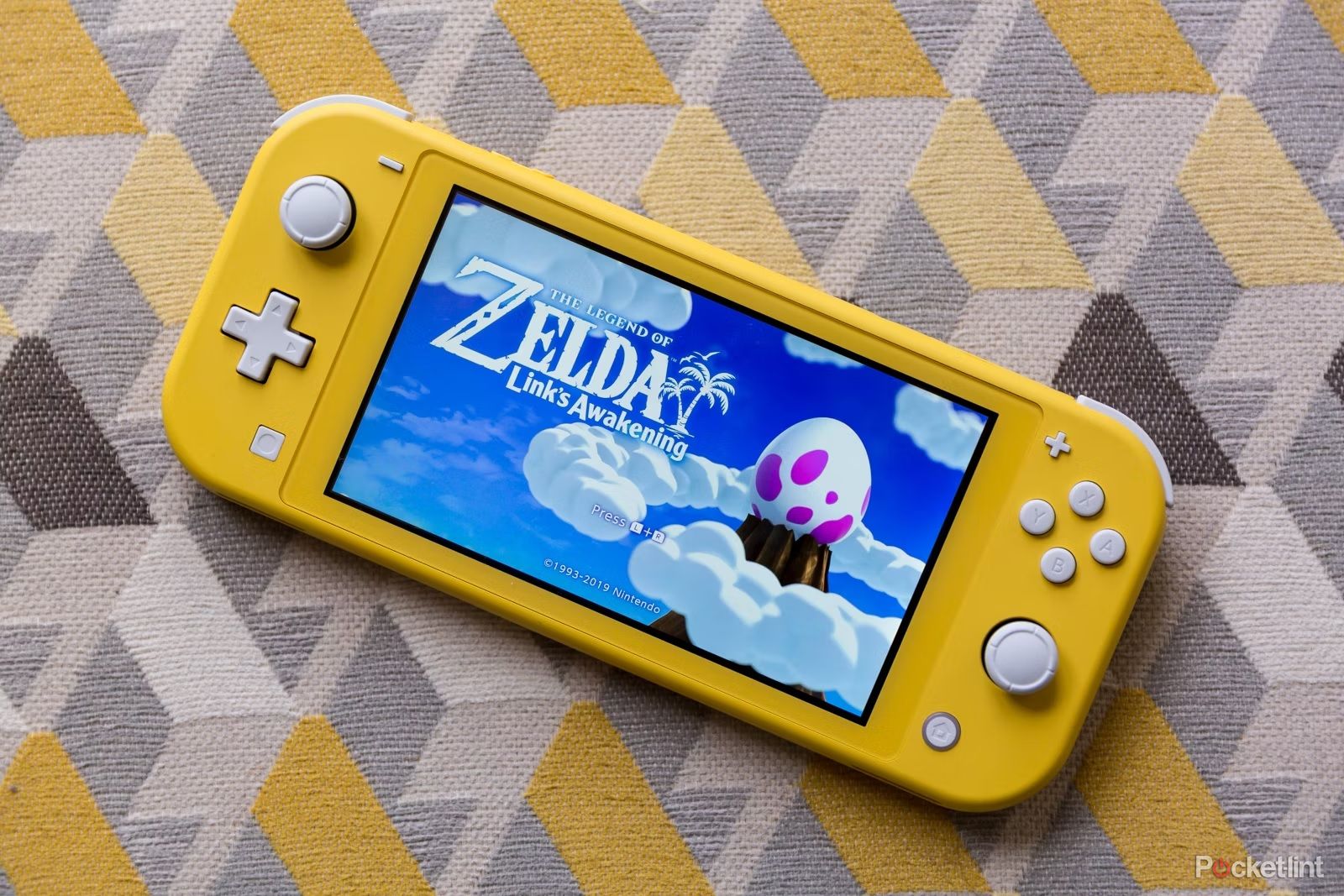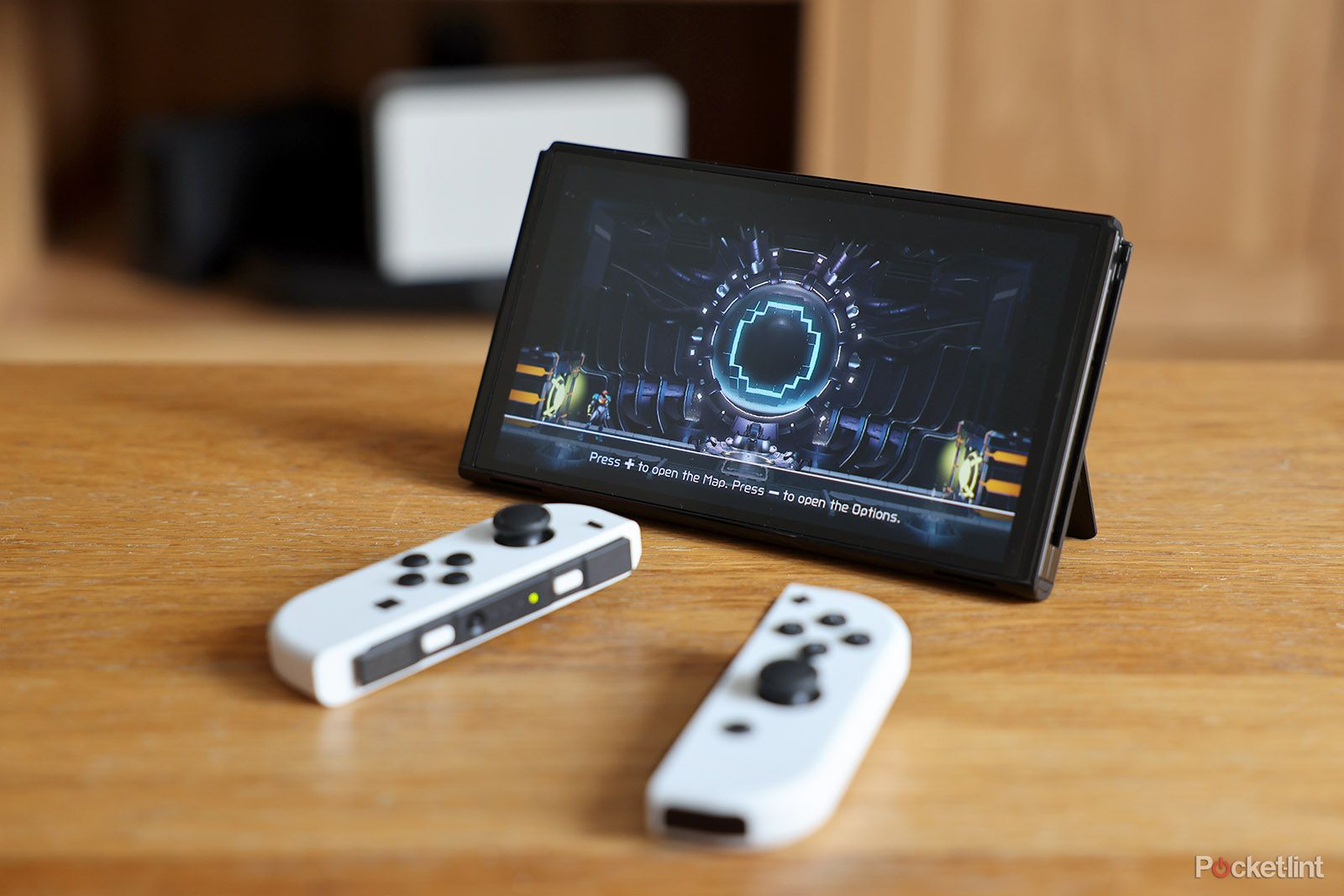Key Takeaways
- Nintendo’s Game & Watch series, not the NES, was Nintendo’s first consumer games machine in the West.
- Nintendo’s quirky console designs and unique gaming direction have made it a beloved company in the industry.
- The Nintendo Switch has been a highly successful console, selling 79 million units and featuring popular first-party titles.
When it comes to games consoles, Nintendo has an incredibly rich past. The company of recent Nintendo Switch and historic SNES fame has released more consoles than any other of the “big three” games console companies. And despite what you might think, the NES wasn’t Nintendo’s first consumer games machine that launched in the West – that accolade belongs to the handheld series Game & Watch.
Nintendo Switch tips and tricks: How to get the most from your console
The Nintendo Switch is one of the best consoles around. Here’s how to get the most from it.
In the following years, Nintendo carved a name for itself as the quirky console manufacturer. Compared to the likes of Sony, Sega and Microsoft, it always took gaming in an odd but satisfying direction. This turned it into a company you can’t help but love. We’ve taken a look back at Nintendo’s illustrious history, which has provided us with some of the most iconic games consoles and some of the greatest games franchises of all time.
Nintendo Game & Watch
1980-1991
Nintendo released a whole series of Game & Watch devices throughout the 80s. And like similar handhelds of the time, they became incredibly popular.
Game & Watch was a series of handhelds that only played a single game, and had either a clock, an alarm or in some cases, both. There were no cartridges or other games to download. Indeed, there was no internet to download them from. You bought a single game and stuck to it.
The first Game & Watch console was produced after Nintendo employee Gunpei Yokoi saw a businessman travelling on the Shinkansen, playing with his calculator, and thought the company could make a portable games machine to help kill time on the commute.
Between 1973-1883, Nintendo released a few Color TV-Game home consoles, containing a few games and a controller built into the console itself. The first of these launched prior to the first Game & Watch consoles, but they never reached the West and remained solely in Japan.
Each Game & Watch only had one game available to play, and there were around 60 in total. Some were based on arcade machines and were also responsible for bringing big licenses and game characters, such as Donkey Kong, The Legend of Zelda and Mario Bros, into the home.
Nintendo Entertainment System (NES)
1983-1995
Nintendo
Nintendo’s next console doesn’t need much introduction. The NES played 8-bit games and was designed for the home. It was by far the best-selling console of its time, selling in excess of 60 million units, and helped North America recover from the videogame crash of 1983 that saw too many consoles flood the market and personal computers become more powerful.
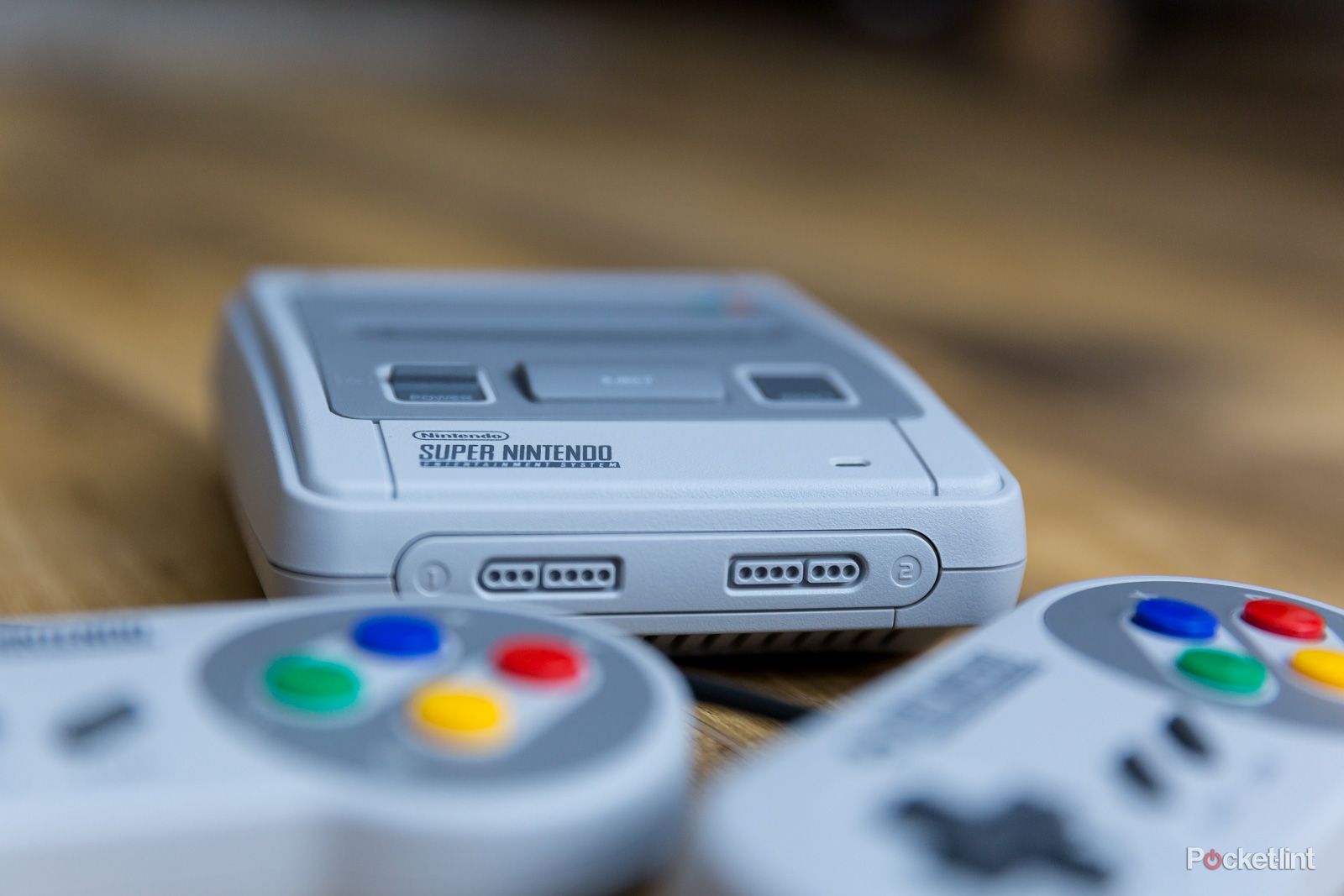
Best retro games consoles 2023: Go back to the future
There are some amazing retro consoles out there right now, including the Sega Mega Drive Mini, SNES and NES Classic Mini, Playstation Classic and C64.
The NES was originally marketed as the Family Computer, or Famicom in Japan, but was released as NES in North America at CES 1985. Launch titles included Super Mario Bros, Ice Climber, Pinball and Duck Hunt.
You could pick up a console with a copy of Super Mario Bros for $99 or a Deluxe Set, which included two games and several accessories, for $199.99.
Game Boy
1989-2003
Nintendo
Another of gaming’s greatest consoles ever is the Nintendo Game Boy. Thought of and designed by the same team behind the Game & Watch, the Game Boy combined features of the first handheld with swappable cartridges like the NES to create one of the best-selling consoles ever. Sales of the Game Boy and Game Boy Color (released in 1998) are estimated at around 120 million units.
It cost around $90 when it launched in America and came bundled with a copy of Tetris, highly regarded as the game that helped the mammoth sales. Nintendo also made a range of accessories for the Game Boy, including a printer and magnifying screen with built-in light.
Super Nintendo Entertainment System (SNES)
1990-1998
Nintendo
Nintendo’s second major home console was also a runaway success, even though it had tough competition from the Sega Mega Drive. Sega’s machine was released first, but it was ultimately Nintendo’s array of games that helped it become the best-selling console of the 16-bit era, with nearly 50 million units shipped worldwide.
Nintendo produced different versions of the console for different markets, with the Japanese version called the Super Famicom. It also encoded the cartridges in such a way that you weren’t able to play games from one country on a console from another.
Virtual Boy
1995-1996
A weird and ultimately disastrous console release followed the SNES, but it’s looked back on fondly as the forerunner of virtual reality in the home.
The Virtual Boy stood on a table or cabinet and players had to lean into the visor to play wireframe 3D games. Unfortunately, rather than provide a space-age experience, most gamers came away feeling queasy, and the concept was shelved. Its lifespan can be measured in months, not years, and it never made it out of Japan or the US.
Nintendo 64 (N64)
1996-2003
Nintendo
The N64 got its name from the 64-bit CPU it used and was Nintendo’s last home console to require cartridges. It was successful when it launched, with many customers fighting to get their hands on one, and it was deemed the most powerful console of its generation.
Unfortunately, it had the Sony PlayStation and Sega Saturn to compete with, so it couldn’t quite emulate its predecessors’ success, going on to sell just under 33 million units. But the N64 still goes down in history as a fantastic Nintendo games console by those in the know.
A large part of its success can be put down to the games: Super Mario 64, The Legend of Zelda: Ocarina of Time, and Goldeneye 007 are still regarded as some of the best titles in history.
Nintendo GameCube
2001-2007
Nintendo
Nintendo turned to the optical disc format for the GameCube but was up against tough competition from the Sony PlayStation 2, Microsoft Xbox and Sega Dreamcast. Game progress could be saved to memory cards, coming in sizes from 4MB to 64MB, and the controller was redesigned from the three-handled model of the N64 to a two-handled one for the GameCube, but they couldn’t prevent it being a big flop.
Once again, Mario and Zelda made an appearance on the GameCube, helping in some part towards its initial success, but only 22 million GameCubes were sold in total. Considering 153 million rival PlayStations were shifted, that was a big failure. This hasn’t stopped it going down in history as an iconic console though.
Game Boy Advance
2001-2008
Nintendo
Nintendo decided to upgrade its ageing Game Boy concept with a more powerful model, with better graphics and a wider range of colours available to developers.
The Game Boy Advance went through several designs in its seven-year shelf life, with a return to the clamshell style of the original Game & Watch devices for the Game Boy Advance SP. That particular oddity could even be seen as the forerunner to the Nintendo DS to follow soon after.
Pokémon Mini
2001
This release was, unfortunately, a bit of a flop. Nintendo released the Pokémon Mini handheld console in late 2001, and it was the cheapest console the company had ever produced, retailing for just $45.
It came packaged with the Pokémon Party Mini game, and you could choose between a variety of colours for the handheld. Unfortunately, it didn’t sell very well – perhaps because the Game Boy Advance launched only a few months prior.
Nintendo DS
2004-2014
Nintendo
Even though it was pressing forward with new designs for the Game Boy Advance, Nintendo decided to completely refresh its handheld strategy with the release of the DS.
Importantly, it introduced an innovative new dual-screen setup that evolved from the original Game & Watch. The bottom display featured a touchscreen and could be used to control games, while the top was just an LCD screen to see what you were doing.
Its main rival was the Sony PSP, but thanks to backwards compatibility with Game Boy Advance games and a couple of evolution models with improved performance and features, the DS line became the best-selling handheld games console series in history.
Nintendo Wii
2006-2013
The Wii was Nintendo’s entry in the seventh generation of home consoles, going up against fearsome competition in the form of the Sony PlayStation 3 and Microsoft Xbox 360. But for some time it led the other two in sales figures.
The Wii ushered in a new era of motion gaming using the Wii Remote, which the console tracked in three-dimensional space. It also eventually released the Wii Balance Board, which was used with fitness games.
Its family-friendly style and games releases made it the most popular living room machine for quite some time.
Nintendo 3DS
2011-Present
To follow up on its DS handheld concept, Nintendo turned to a visual technology popular at the time: 3D. It made the top screen of its clamshell device a 3D screen, although, unlike similar picture tech on TVs and the like, it didn’t require glasses.
Most people were disappointed with the 3D display and its performance, but that didn’t stop the 3DS from selling in bucket loads. It has since had minor refreshes in the form of a larger XL model and enhanced versions. A 2D-only version is also available for younger children who cannot use the 3D screen.
Nintendo Wii U
2012-2016
Nintendo
The Wii U was the successor to the Wii and Nintendo’s answer to the PlayStation 4 and Xbox One. It’s the first Nintendo console to support high-definition graphics, and is primarily controlled using the touchscreen-enabled Wii U GamePad.
While initial reception to the Wii U was positive, it has ultimately been considered a gaming failure, selling just over 13 million units since its release.
NES Classic Mini
2016-2017
Retro gaming has become incredibly popular and in advance of the Nintendo Switch becoming available in early 2017, the Japanese gaming giant helped gamers young and old revisit some of its best early games with a mini form of the original NES console.
It featured 30 of the company’s Nintendo Entertainment System titles and an authentic style controller but with a modern HDMI connector.
Hugely successful, Nintendo sold around 2.3 million of the console before it was discontinued in 2017. Nintendo produced a limited run of these consoles in 2018 to satisfy the remaining demand.
Super NES Classic Edition
2017-2018
Following the success of the NES Classic Mini above, the Super NES Classic Edition was launched in 2017 and like the NES Classic Mini, was very successful.
It sold over 5 million units and was discontinued after the end of 2018.
There were three different versions of the SNES Classic Edition because there were three different versions of the original SNES in Japan, North America and Europe.
21 Super NES titles were pre-installed, including the first release of Star Fox 2, which was cancelled in 1995 (it’s also available for the Switch).
Nintendo Switch
2017-present
Pocket-lint
Nintendo Switch
The original Switch brought in the new world of handheld gaming performance and innovation that we all enjoy today.
And so we come to the Switch, which was released first in March 2017. It comprises a tablet-like device with a touchscreen, plus a docking station to play it at home on a TV. So it’s both portable to play when out and about, but can also work at home.
The Joy-Con controllers are small pads that slot onto either side of the screen. And they can also be slotted onto a central home controller unit in order to give a more traditional controller feel to proceedings.
Nintendo’s first-party titles have been hugely successful for the console. The Legend of Zelda: Breath of the Wild, Mario Kart 8 Deluxe, Super Mario Odyssey, Super Smash Bros Ultimate, Pokémon Sword and Shield, and Animal Crossing: New Horizons have sold over twenty million units each.
Unlike the Wii U, the Switch has been remarkably successful, with 79 million units sold up until the end of 2020. There have also been several special editions, too, such as 2021’s Mario Red and Blue edition.
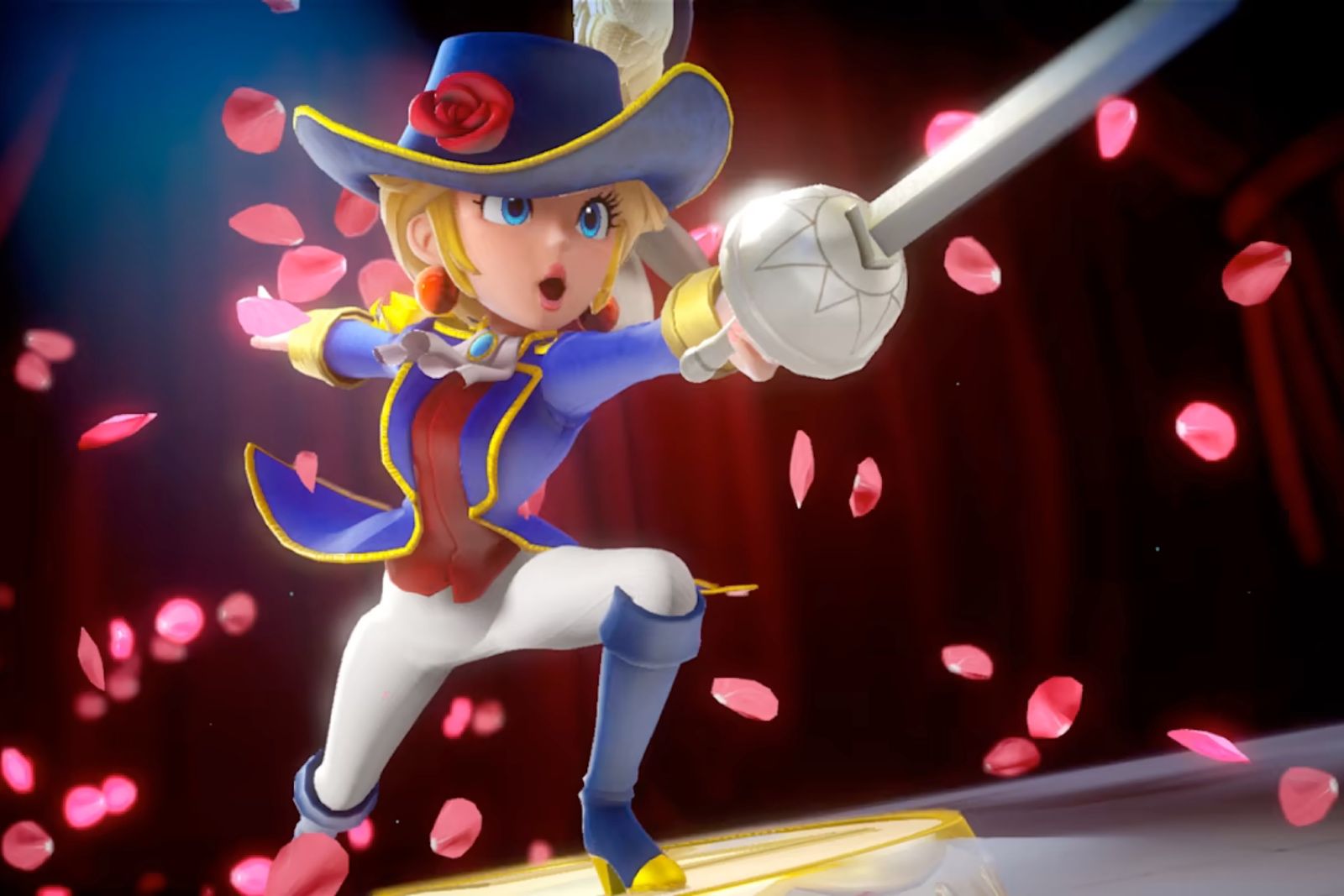
Best upcoming Switch games to look forward to in 2023: Top Nintendo titles
Got a Nintendo Switch and want to know which games to pop on your wish list? Here we list the best games coming out soon, with trailers for each.
Nintendo Switch Lite
2019-present
Nintendo Switch Lite
Perhaps the best portable console ever built.
The Switch Lite is a variation of the Switch without the detachable Joy-cons and dock that enables the Switch to be connected to a TV.
Instead, the unit is designed for total portability – it has fixed controls and is currently available in four colours plus special editions, notably for Animal Crossing.
The Switch Lite has been a success, with 13.5 million sold until the end of 2020.
Nintendo Switch (OLED model)
2021-present
Nintendo Switch OLED
It’s the best Switch for our money, offering the best of all worlds.
Nintendo hasn’t yet dropped a Switch Pro, despite years of rumours, but in 2021 it did offer up an upgraded version of the Switch: the Nintendo Switch OLED.
The OLED model brings a hugely improved display that has deeper blacks and more luscious colours, while the console feels more sturdy and has a far, far better kickstand for playing on the go.
The Switch OLED is, in short, the latest and greatest from Nintendo, and the best version of the Switch available.
Trending Products

Cooler Master MasterBox Q300L Micro-ATX Tower with Magnetic Design Dust Filter, Transparent Acrylic Side Panel, Adjustable I/O & Fully Ventilated Airflow, Black (MCB-Q300L-KANN-S00)

ASUS TUF Gaming GT301 ZAKU II Edition ATX mid-Tower Compact case with Tempered Glass Side Panel, Honeycomb Front Panel, 120mm Aura Addressable RGB Fan, Headphone Hanger,360mm Radiator, Gundam Edition

ASUS TUF Gaming GT501 Mid-Tower Computer Case for up to EATX Motherboards with USB 3.0 Front Panel Cases GT501/GRY/WITH Handle

be quiet! Pure Base 500DX ATX Mid Tower PC case | ARGB | 3 Pre-Installed Pure Wings 2 Fans | Tempered Glass Window | Black | BGW37

ASUS ROG Strix Helios GX601 White Edition RGB Mid-Tower Computer Case for ATX/EATX Motherboards with tempered glass, aluminum frame, GPU braces, 420mm radiator support and Aura Sync


